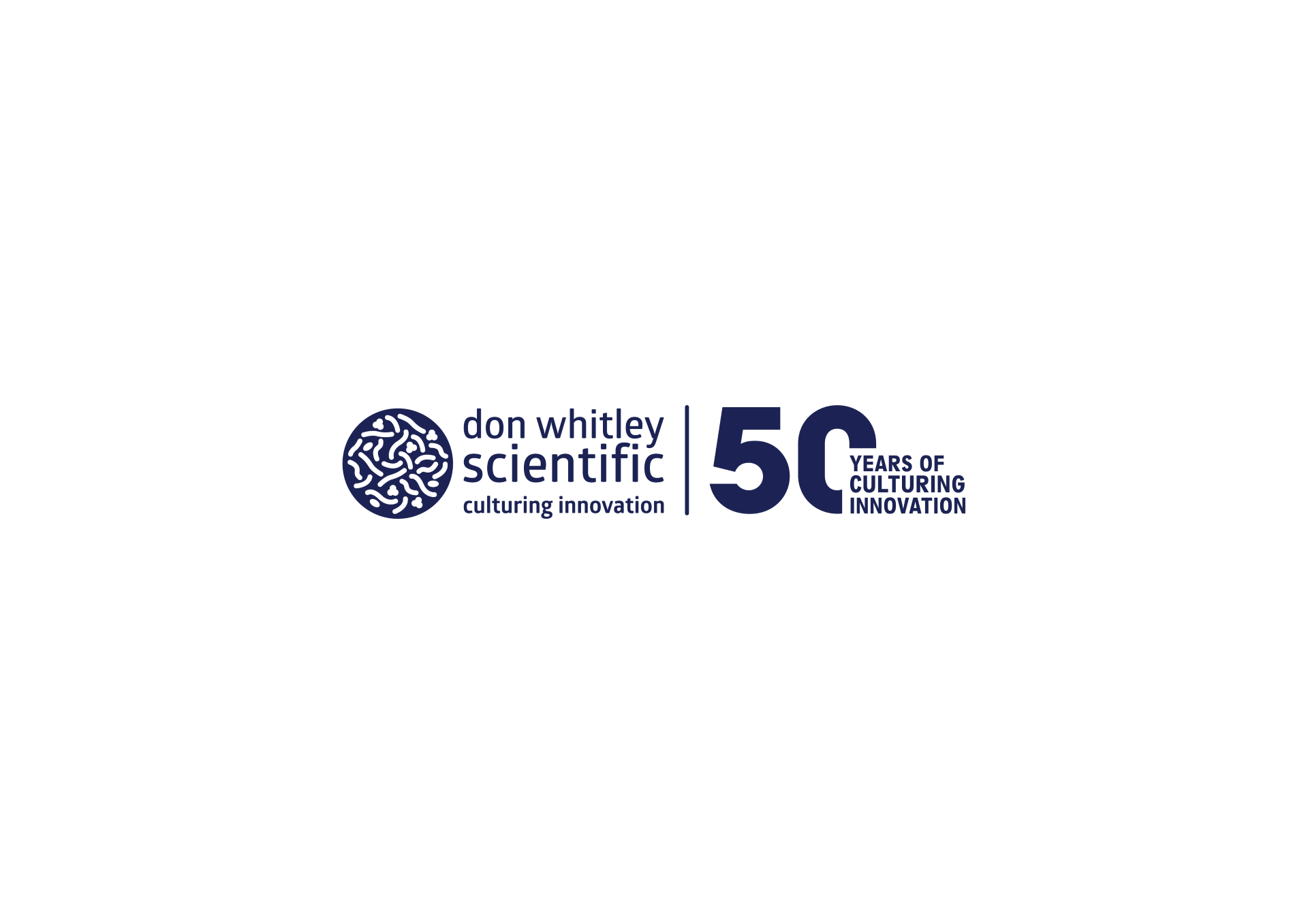Having recently attended the joint symposium on “Mitochondria, Metabolism and Heart Failure” and “Diabetes and Metabolic Dysfunction” in Santa Fe, New Mexico, our product manager, Dr Burga Kalz Fuller of HypOxygen, was fascinated by the enthusiasm of the attendees and the wide range of topics. Some of these included:
- Metabolic communication between different organs and tissues based on energy expenditure
- Anti-diabetic and anti-obesity effects of thermogenic pathways in brown and beige fat
- PINK1 and Parkin in mitophagy and MAPL/Drp1 in mitochondrial fission
- The role of mitochondrial DNA in ageing and degenerative diseases
- The influence of gut microbiota on human metabolism and gene expression through accessing intestinal chromatin
- Localisation of fatty acids in lipid droplets or mitochondria in well-fed and starved cells
- Postnatal mitochondrial remodelling in cardiomyocytes
- Association of branched-chain amino acids with insulin resistance, obesity and coronary heart disease
- Protection of cardiac mitochondria from elevated ROS in ischemia/reperfusion states.
What brought all these researchers to Santa Fe were the different facets of metabolism and energy homeostasis, with mitochondria proving the most common theme. Mitochondria are the primary oxygen sensors in the cell, operating through mechanisms of reactive oxygen species, HIF pathways, TOR signalling and other means. Physiological normoxia in healthy tissue is significantly lower than the 21% oxygen present in air, and oxygen tension in many disease states is even lower. As a result of this, in vitro cell culture performed under ambient conditions in a CO2 incubator is entirely unrepresentative of in vivo conditions in tissue.
Consequently, many researchers prefer to culture their cells under hypoxic conditions, using equipment in which the atmospheric composition can be properly controlled and monitored; a Whitley Hypoxystation fulfils these requirements.
To suit the needs of scientists using Seahorse Extracellular Flux (XF) 24 or 96 Analyzers, we have developed the Whitley i2 Instrument Workstation. The combination of these two pieces of equipment permits simultaneous, real-time analysis of mitochondrial respiration and glycolysis in mammalian cells under precisely controlled hypoxic conditions.
The i2 can be used as a stand-alone unit or connected to a Whitley Hypoxystation via the new Whitley Transfer Tunnel, enabling preparation of cell lines under hypoxic conditions and their transfer directly into the i2 without exposure to air.
For more information, please contact us.


 au
au



 xEnglish
xEnglish